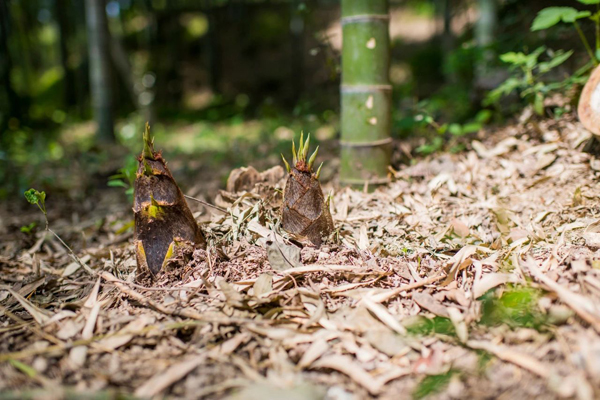Kendo, a Japanese martial art, is attracting practitioners in Shanghai who are drawn by its rigorous physical and mental discipline, as well as its etiquette and excitement.
Eight years ago, office worker Cai Jingying used to spend her spare time at home watching TV or doing crafts. Today she's a kendoka, donning a helmet, long black trousers and armor and doing battle with bamboo swords and sticks.
Cai, now 27, is deeply involved in this Japanese martial art, meaning way of the sword, its practitioners known as kendoka. It's also known as Japanese fencing.
Kendo, which descended from samurai swordsmanship, emphasizes physical skill, mental discipline, self-cultivation, moral strength and courtesy.
Matches are also exciting and energizing as players shout as they strike, demonstrating their fighting spirit.
'I used to be quiet and shy. Usually, whenever I faced difficulty, I would choose to escape,' says Cai, who practices regularly. 'Kendo gives me courage to face challenges with a positive attitude and willingness to take a chance.'
Kendo training has improved her fitness and helped her make friends.
In 2005, a kendoka friend invited Cai to a class, where she was caught up in the movements, shouts and ritual.
'I immediately fell in love with it, it's so passionate and uplifting that I immediately signed up,' she says.
Kendo, which molds both mind and body, is gaining popularity in Shanghai, and China as a whole.
According to a major local newspaper, there are around 50,000 kendo practitioners in China, 40 percent of them in Shanghai. Each year at least five city or national competitions are held in Shanghai.
Some enthusiasts are influenced by the culture of Japanese animation and its depictions of kendo.
Some are caught up in the martial arts culture. Everyone wants to become stronger physically and mentally.
Cai practices weekly and has taken part in many citywide competitions.
'It's like getting recharged through practice. Although training hard is tiring, it's also satisfying,' says Cai.
'You become strong, your mind becomes supple'
The physical and mental skills required for kendo carry over into daily life, according to Cai and others.
'It is a game in which you face yourself and understand yourself, and it's a game about respect,' Cai says. 'You have respect for your teacher and your opponent. While you grow strong, you will find your mind becomes much more supple.'
Etiquette, ritual and manners are essential, representing honor, respect for others. As the traditional art of Japanese fencing was developed by the summary, kendo uses many of the sword-fighting techniques developed over hundreds of years of conflict and representing many sword schools of early Japan.
Kendo is noisy in comparison to other martial arts because bamboo swords (shinai) clash and the practitioners shout.
As with some other martial arts, training and fighting is on barefoot and practiced in a purpose-built dojo, or martial arts training hall. In Shanghai, other venues are used.
Modern kendo involves both strikes and thrusts at specified target areas on the wrists, head and torso, all protected by armor (bogu).
Wang Qisong, founder of Kenzen Kendo that provides training in Shanghai, has been forging a community of kendo practitioners for seven years.
Like many enthusiasts, Wang was impressed by the culture and spirituality of the martial art, as well as its physical and mental benefits.
'Unlike practitioners in Japan, who take kendo as daily sport in elementary schools, practitioners in China usually begin training as adults,' Wang writes on the official website of Kenzhen Kendo.
'This could be the reason why many Chinese find it difficult to endure the intensity of kendo training, so I always take the stand of an enthusiast and try my best to bring authentic and outstanding kendo skills to practitioners.'
The garments and stylized armor are part of the ceremony. Beneath the armor, practitioners wear a black jacket and a long black garment separated in the middle to form two wide trouser legs.
Gu Yi, 45, has practiced kendo for more than 15 years and recently took part in judging the third Shanghai Kendo Championship. Modern kendo clothing originated in ancient China, he says.
'Kendo is more than technique. It is also about clothing and etiquette,' Gu says. 'It has become a sport that pursues spirit and culture.'
Chen Qiang, 37, has been practicing kendo since 2003 when he had a passion for martial arts.
'I don't need to pull ligaments when doing kendo, that's the part that attracted me most,' says Chen, who owns an advertising company. 'It's easy to learn the ABCs of kendo, but it soon gets more complicated as you go deeper. That's fun.'
He applies the perseverance and endurance he learns from kendo into his daily work and establishes friendships with his kendo competitors.
Chen hopes to compete in the first National Kendo Invitation Competition in October.
'I hope to win the championship for Shanghai,' he says.


